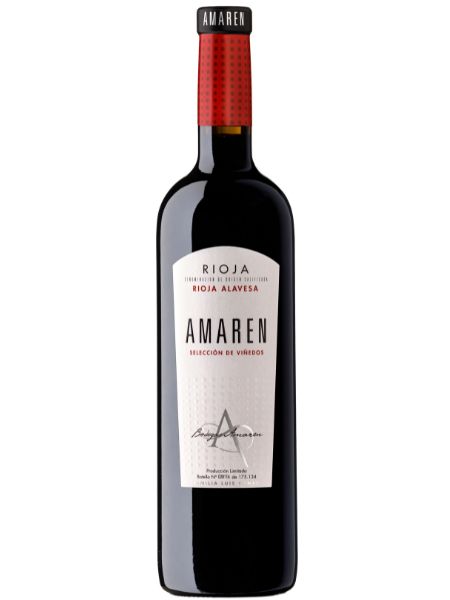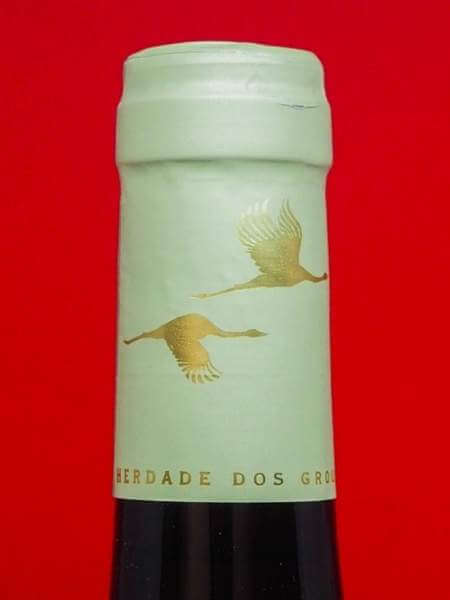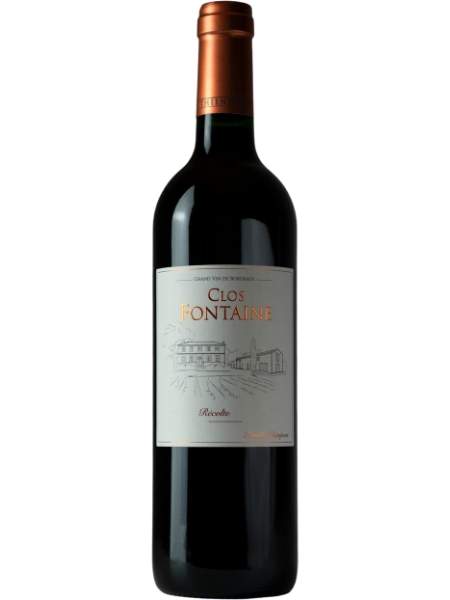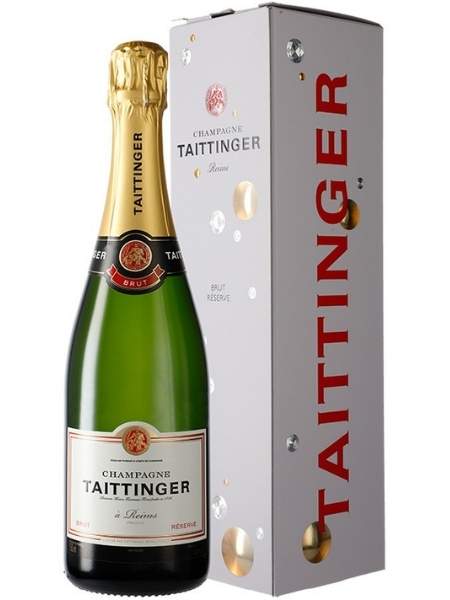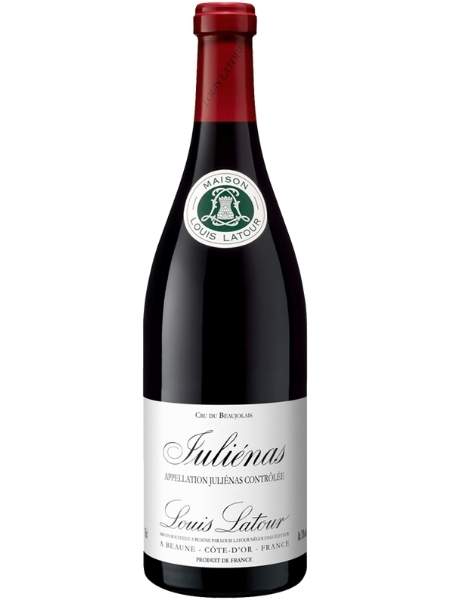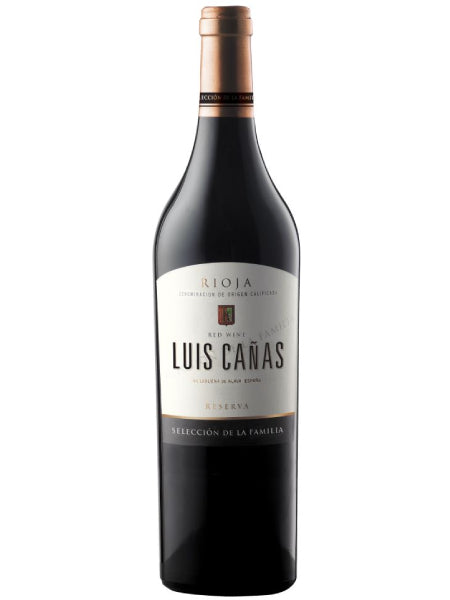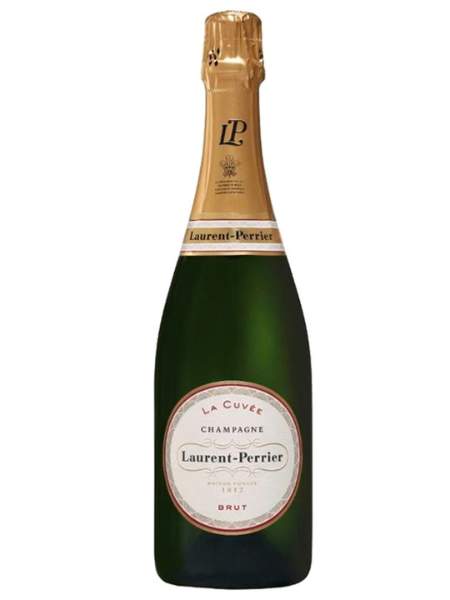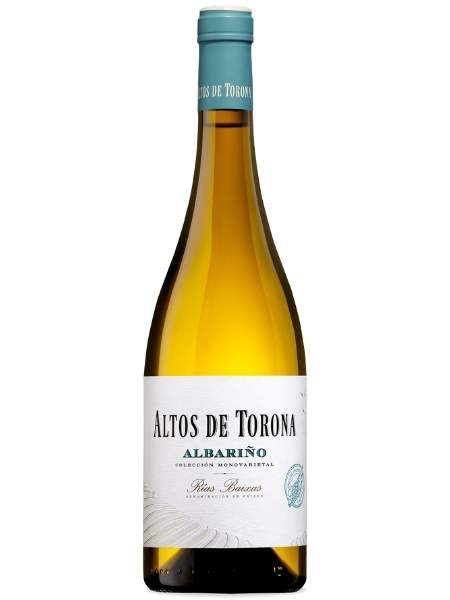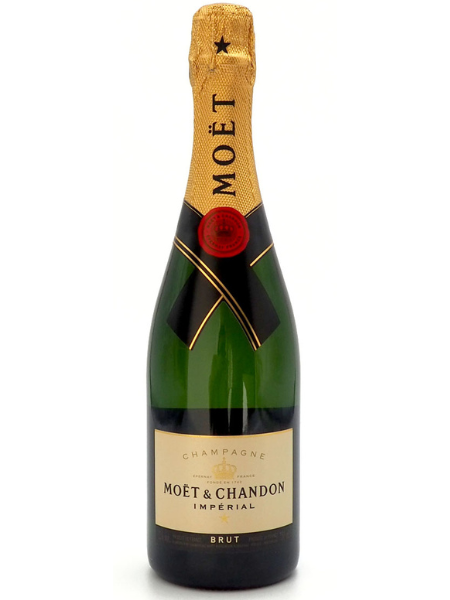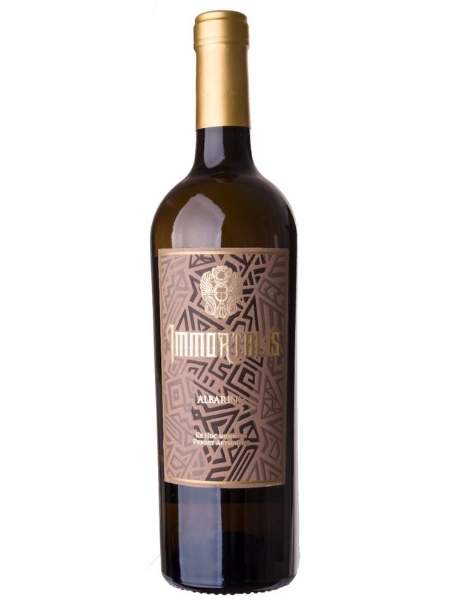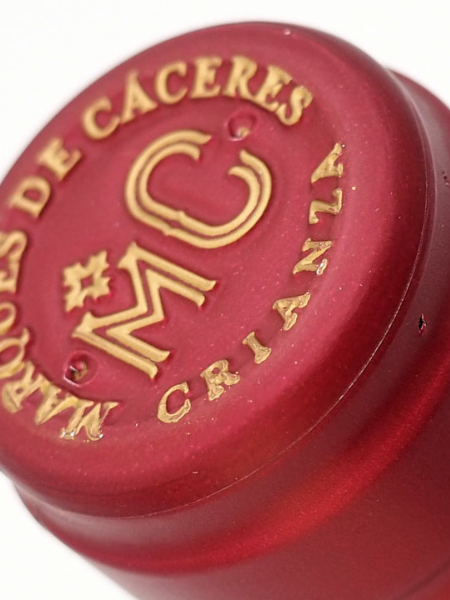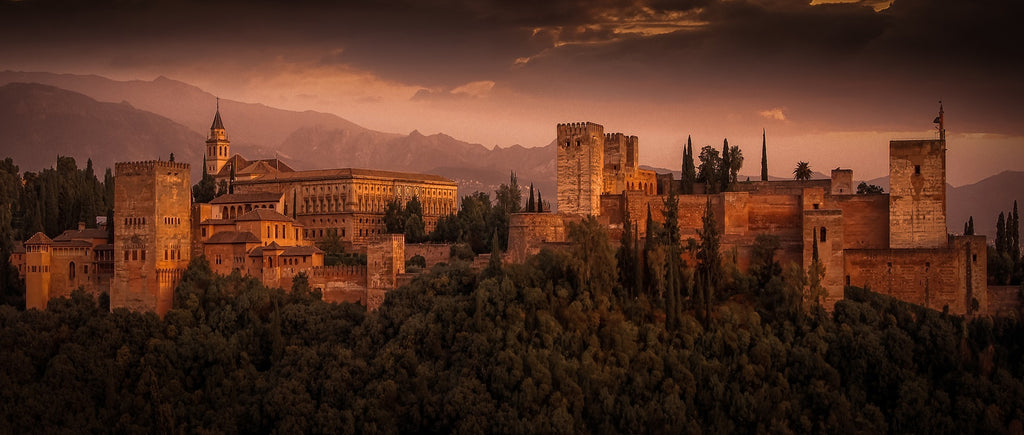
A brief history of Spanish wine

Spain's wine historybegan around 1,100 BC. , when the Phoenicians founded the city of Gadir (now Cádiz) on the southwest coast of Spain. However, grapes have been present in Spain for about 2.5 million years , and vines have been grown in Spain since 4,000 to 3,000 BC.
From Phoenicians to Celts
The Phoenicians began producing wine in the area around Gadir, where the climate, soil, and geography resembled their homeland in the Middle East.Theytraded extensively, especially with wine, where they usually kept it in amphorae, clay containers prone to leakage and breakage.
At low altitudes, fertile and hot, this area of Gadir produced sweet, hard-shelled grapes, popular for the wines of that time, eventually evolving into what is known as the Sherry wine region of today.
Later, the Carthaginians settled in the area, founding present-day Cartagena, and further developing local wine production. Around 100 BC. , the Romans expanded their territory to cover most of Spain, planting even more vines and bringing new viticultural practices.
At that time, the provinces of Baetica (now Andalusia) and Tarraconensis (now Tarragona) became some of the largest Roman wine-growing areas.
The local tribes, especially the Celts of the west and the Iberians of the center and east, adopted Roman practices of fermentation in stone troughs and storage of wine in smaller and more sustainable amphorae, methods still used in rural Spain, through the so-called "method rural ”(rural method).
Years later, after the fall of the Roman Empire, the Moors defeated the Visigoths in power in 711 AD . and thus controlled most of Spain, known to each other as Al-Andalus (hence the name Andalucía); however, the progress of wine production stagnated for the most part during their occupation.
Reconquest
In the years following the Reconquest , and especially after its end, when Christians dethroned the Moors in 1492 , Spanish wine began to be strongly exported to England. At that time, Spanish wines were largely heavy and either sweet or "rancio" style (completely oxidized and strongly reduced).
In the 16th and 17th centuries, wine was produced throughout northern and central Spain.
In an attempt to counteract the great problem of oxidation, Spanish winemakers invented "tinajas", large clay vats with narrow openings at the top, filled with as much wine as possible, and sealed with a heavy lid so that the wine to come into contact with outside air as little as possible.
At that time, the wine was transported using different small skins, each skin giving the wine its aromas and smells.
Around the 1500s, barrels began to be used for fermentation and storage , and the law required that they be of high quality and not be contaminated with other products, in order to maintain the integrity of the wine inside. Until the 18th century, Spanish wine was still produced using Roman methods, almost 2,000 years old at the time.
However, at the end of the century, a winegrower from Rioja began to import "barricas" (fine barrels) from Bordeaux, then known for its skilled carpentry.
He began to deliver Rioja wine to America, discovering on arrival not only that the wine was extremely well preserved, but that it had also begun to acquire an oak flavor, from the time of storage in the barrels.
First winery in Rioja
In 1860 and 1872 , the first bodegas in Rioja were founded . Shortly afterwards, the Álava government office noticed the spectacular results of the new bodegas and hired French winemaker Jean Pireau to show local winemakers the technology and style of Bordeaux winemaking.
Shortly afterwards, many Rioja winemakers, who used to ridicule this foreign technology, followed this model of success.
At the same time, French vineyards were devastated first, by the powdery mildew epidemic and then by the phylloxera epidemic, both introduced in the New World, leading to a drastic drop in the supply of French wine.
To make up for the losses, French winemakers imported large quantities of wine from Rioja and Navarra, increasing the influx of French influence and expertise on wines from these regions.
Much later, Spanish vine crops were also devastated by the two plagues, and local varieties that did not have strong American roots were almost eradicated.
Following this devastation, the Spanish Civil War (1936-1939) caused many vineyards to be neglected and destroyed , and the outbreak of World War II prevented economic recovery and halted Spanish exports.
Under the rule of dictator Francisco Franco, wine cooperatives were built all over Spain in the 1950s , leading to an overproduction of cheap , bulk wines, sold under brand names or generic names, which were quickly banned by the European Union.
Spanish wine after Franco
After Franco's death in 1975, and the subsequent restoration of democracy, greater economic freedom led to an increase in Spanish middle class, which in turn stimulated a renewed interest forhigh-quality wines .
Following Spain's accession to the EU in 1986 , its wine laws were amended to comply with EU laws, allowing Spanish wines to be exported to many European markets, and Spanish wines have grown in value and international prestige since then.
Spanish wine, like all other world-famous wines, has a long history that not only certifies its origins and quality , but also tells a story about the people and the region from which it comes.
The vine was part of the life of all the regions of Spain, reaching today to place it in the first place in the world in the area cultivated with vines .
Now, after our brief foray into the history of Spanish wine, you will definitely give more importance to the region where your favorite Spanish wine comes from.
In our store, you can discover all the spanish regions with our wide variety of Spanish Wines
See you next time, wine lovers,
Dis&Dis Team







